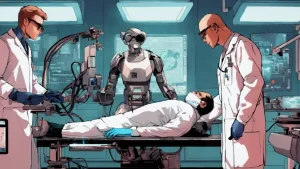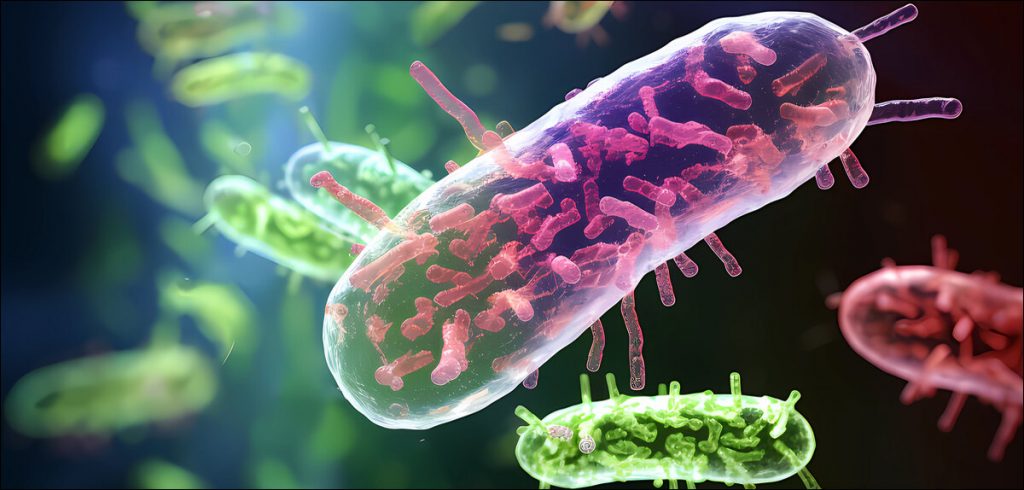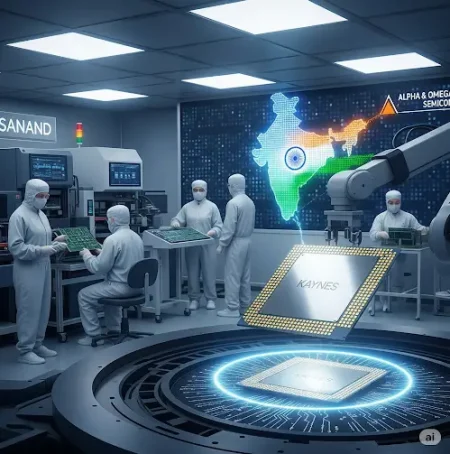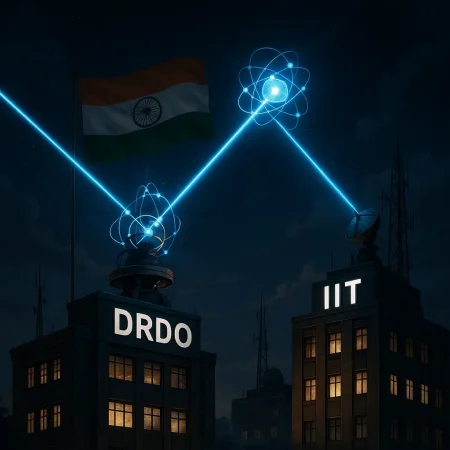While the idea of getting bacteria to remove nutrients and generate electricity during the process sounds Utopian, it’s not unthinkable anymore!
While most people associate Escherichia coli (E. coli) bacteria with severe diarrhea and stomach cramps, a recent study suggests this humble gut dweller could be the answer to a couple of important problems. Those problems being energy production and waste management.
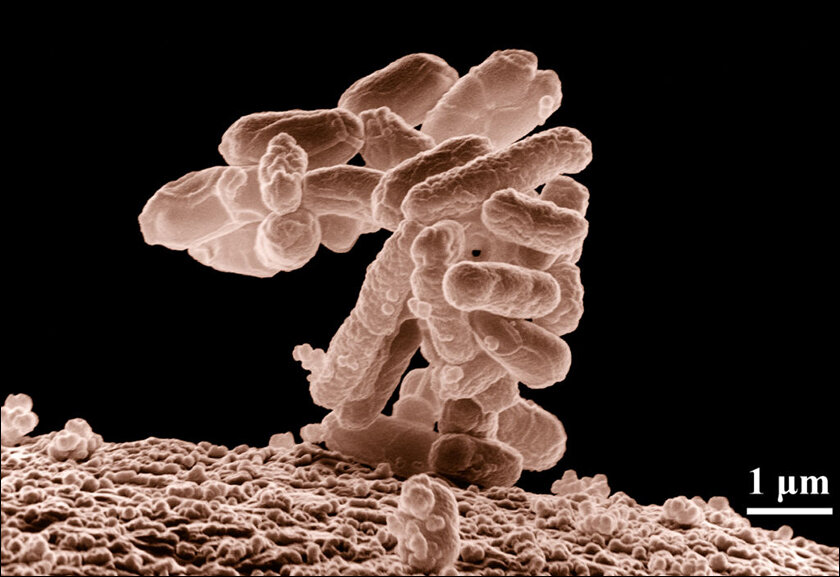
That’s right, the answer to the energy crisis may just be a simple strain of bacteria and not nuclear fission or the ever-elusive theory of cold fusion. The best part about this process is that it produces electricity by feeding off the impurities present in wastewater (like from a brewery), thereby suitably treating the water while producing clean and renewable energy.
While bacteria-producing electricity is not a new concept, it was previously only possible with exotic electric microbes and only in the presence of certain chemicals.
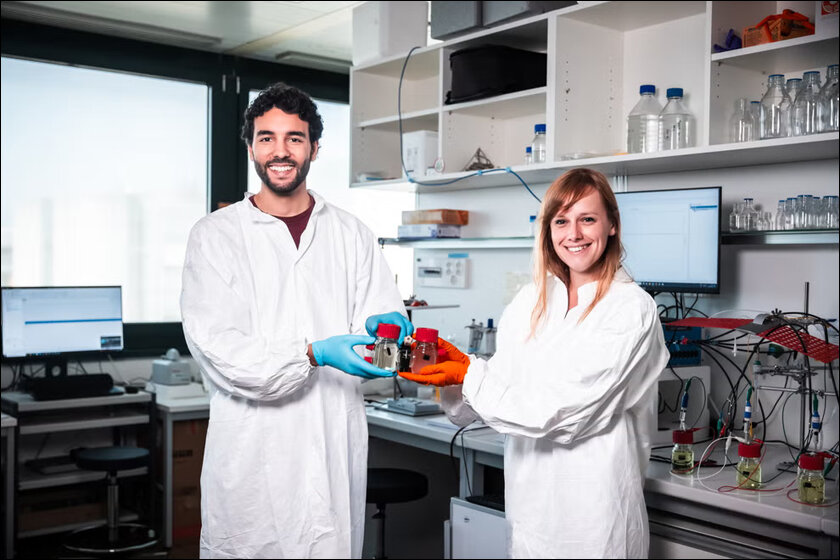
(Image Credit: Jamani Caillet/EPFL/SWNS)
Bioelectronics & Extracellular electron transfer (EET)
Bioelectronics or Bio-molecular electronics is a branch of science that studies the transfer of electrons in nature (biological processes). The ability to exchange electrons with extracellular material (or foreign objects) by creating an electrically charged link that can go through the cell membrane is called EET. This covers both donating electrons to extracellular material as well as accepting them.
Additionally, microbes with this ability are also able to link their metabolisms to electrodes making it possible for us to use this process in a number of fields including electrochemical applications, bioremediation, synthesis, and more. While E. coli isn’t inherently the best choice for this application, it comes with the advantage of having been studied and researched for generations.
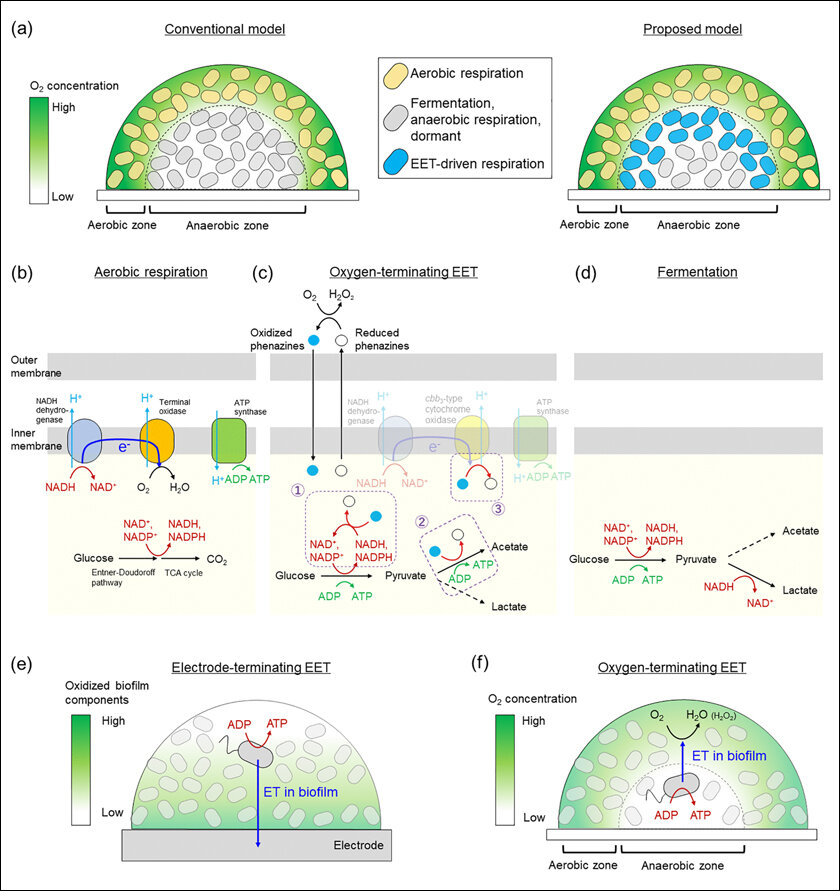
This means in addition to decades of metabolic research, there are also readily available synthetic biology tools that can be used to modify the cells as needed. That’s exactly what the team of researchers from London, led by Professor Ardemis Boghossian did and published their work in the journal Joule. By taking components from exotic electric microbes that have a high rate of EET and adding them to the E. coli bacteria, researchers were able to create a strain of E. coli with high EET.
If you’re wondering about the point of getting E. coli to exhibit enhanced EET, it’s so that it can be harnessed as an energy source. Additionally, while exotic electric microbes require a specific chemical feed in order to generate electricity, E. coli is able to metabolize or survive on a wide variety of food sources including wastewater.
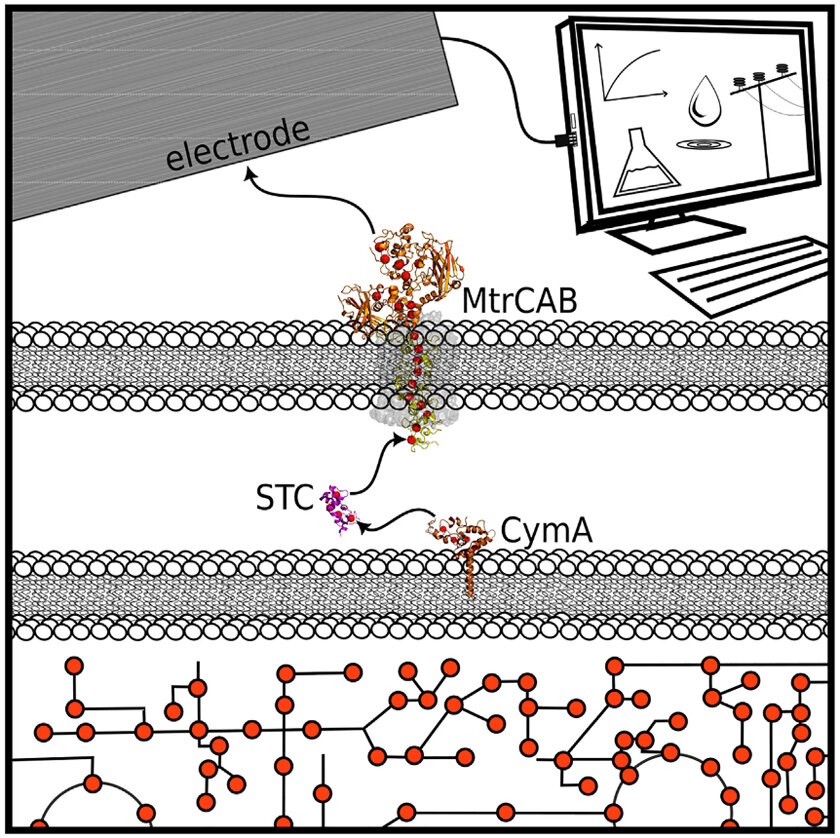
Two birds with one stone
While increasing the EET capabilities of E. Coli isn’t something that is being done for the first time and previous research teams have managed to create a “partial” EET pathway in E. coli bacteria, Boghassian and his team are the first to achieve a complete pathway.
Additionally, they have also managed to create an “optimal” pathway that spans both the inner and outer membranes of the cell, making it three times more effective at generating electric current than the modified E. coli created by previous research groups. While this leap in success may well be related to the successful integration of an exotic microbe called Shewanella oneidensis MR-1 which is known for generating electricity, it’s a giant leap nonetheless.
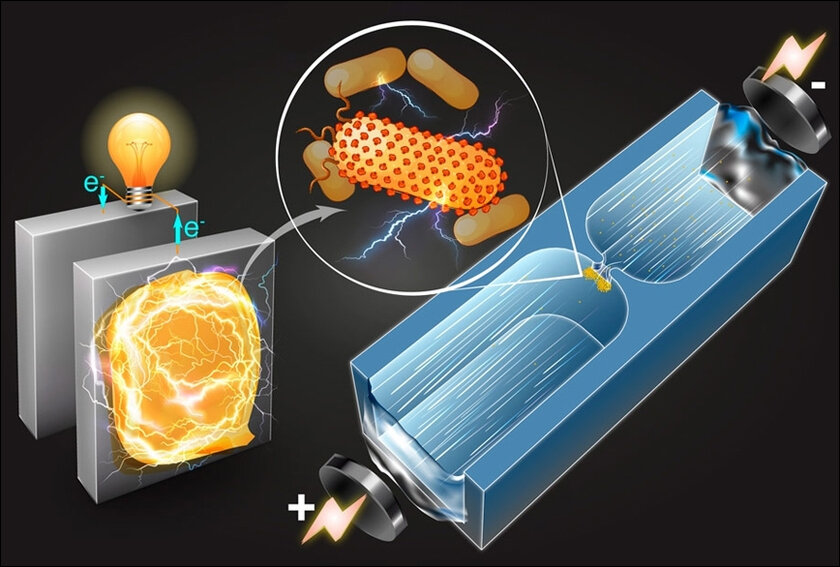
To quote Professor Ardemis Boghossian, who led the research, “Instead of putting energy into the system to process organic waste, we are producing electricity while processing organic waste at the same time, hitting two birds with one stone!” He then goes on to explain how when they tested this on wastewater from a local brewery, the exotic electric microbes were not even able to survive, but the modified E. coli was not only able to survive, but thrive.
Additionally, since E.coli is already highly customizable it can be adapted to metabolize a vast number of sources making it applicable in a virtually limitless variety of settings. These include microbial fuel cells, biosensing, electrosynthesis, and many more.

Clean water and free electricity as a byproduct
We currently use a massive amount of electricity to treat wastewater on a daily basis and some countries report a usage of 50K BTU per gallon of wastewater, especially during processes like nutrient removal. While the idea of getting bacteria to remove the nutrients and then also generate free electricity during the process sounds almost utopian, it’s not unthinkable anymore, thanks to Professor Boghossian and his team of researchers.
Sometimes we find the solutions to problems in the most unsuspecting places like in our previous post on single cellular organisms that don’t have brains but are arguably smarter than humans.
In conclusion, the world of microbiology will always have surprises for us (some good, some not) and it’s great when people push the boundaries on what can be achieved in this field, especially in order to give something back to Nature like in this case.
In case you missed:
- What Is Electronic Soil?
- Toyota’s Liquid Hydrogen-Powered “GR H2” Race Cars
- From Fridge to Fusion Reactor, How Mayonnaise is Facilitating Nuclear Fusion
- Researchers develop solar cells to charge phones through their screens
- This computer uses human brain cells and runs on Dopamine!
- Neuralink Blindsight and Gennaris Bionic eye, the future of ophthalmology?
- China launches world’s first AI-powered underwater data centre!
- Scientists establish two-way Lucid Dream communication!
- India’s first Aatmanirbhar Chip Fab: TATA leads the way!
- India’s First Paid Chip Prototype: Kaynes Fires the Starting Shot


